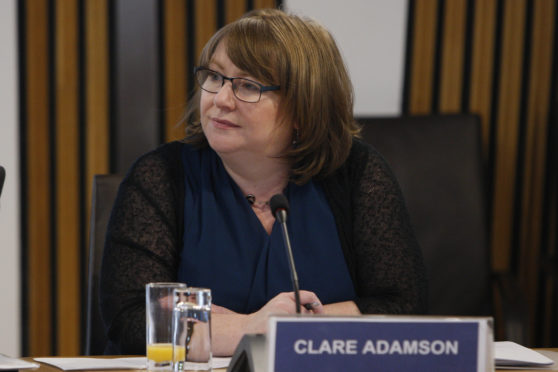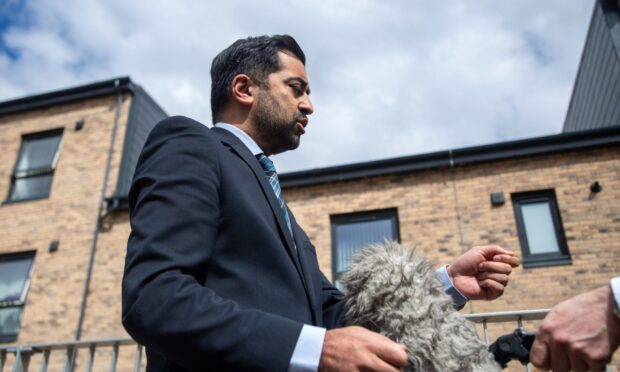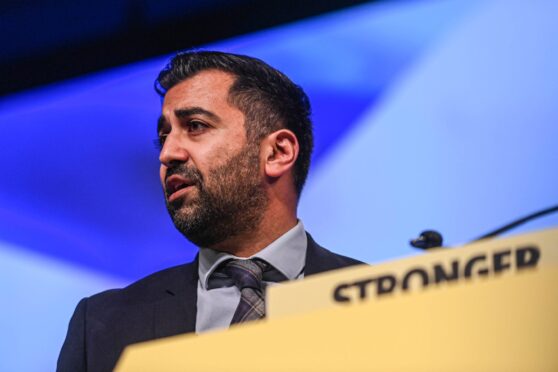A clear lack of leadership from Scotland’s education bodies is to blame for a narrowing of subject choice in the country’s schools, a Holyrood committee has uncovered.
Education Scotland and the SQA’s “lack of awareness” on a shortfall on choice of what pupils can study could lead to Scotland’s young people being let down, the parliamentary education convener Clare Adamson has said in a report published on Monday morning.
Ms Adamson’s committee was tasked with finding out why subject choice narrowed for Scottish pupils after their fourth year.
The committee has now recommended a Scottish Government review into senior secondary school education (between S4-S6) to find out how concerns can be addressed.
Mid Scotland and Fife MSP and Scottish Conservative shadow education secretary Liz Smith said the situation was “completely unacceptable” : “The conclusions of this unanimously agreed report from the Education Committee are deeply troubling.
“Not only do they confirm that subject choice provision has been diminished in S4, with knock-on effects in S5 and S6, but they also confirm that the main education agency, Education Scotland, has lost control of the Curriculum for Excellence.
“The committee has concluded that there is no clarity over who is responsible for the curricular structures and who has been responsible for key curricular decisions.
“That is a completely unacceptable situation for Scottish schools to be in as they seek to improve educational standards and narrow the attainment gap.
“The report also makes clear that these concerns have been made worse by teacher shortages and by an increasing number of schools being forced to adopt multi-level teaching.
“Parents, teachers and young people will be alarmed by the findings of this report which expose several failings in our school system. There is no hiding place for John Swinney.”
Scottish Labour’s Education spokesperson Iain Gray MSP said: “The committee is clear that pupils are able to study fewer subjects, and there is complete confusion within the sector over whose responsibility this is. In particular there is no clarity about what the role of Education Scotland actually is.
“The report also finds that the teaching of subjects in multilevel classes, sometimes from national 4 to Advanced Higher, is widespread and driven by shortages of resource rather than any educational desirability.
“Very little evidence could be produced that this is educationally acceptable, and yet again no-one was prepared to take responsibility for this shift in how our schools teach.
“Our schools have been mismanaged or indeed not managed at all by the SNP government and it is time for them to face up to what is happening and get a grip.”
Committee Convener, SNP MSP Clare Adamson, said: “The breadth of learning available to our pupils is rightly one of the cornerstones of Scottish education.
“But our Committee found the lack of clear leadership from Education Scotland and SQA around the curriculum structure has resulted in some narrowing of subject choice.
“This was compounded by a lack of awareness from these bodies, who are charged with supporting Scottish education, about the extent of the problem and their role in leading change.
“These organisations need to take responsibility so that our education system does not let down Scotland’s young people.”










